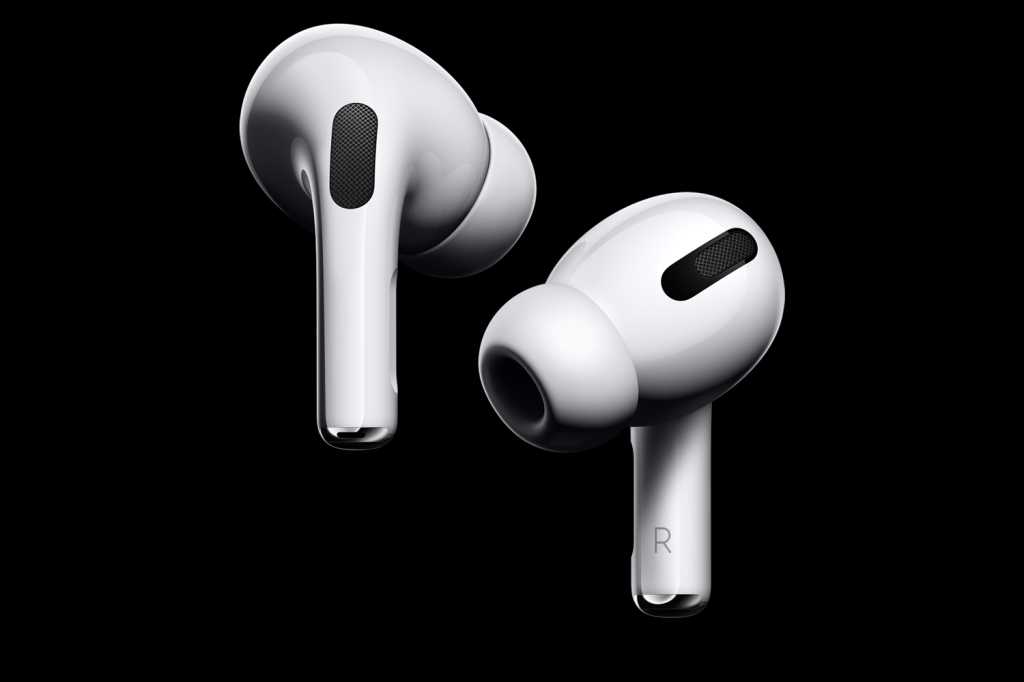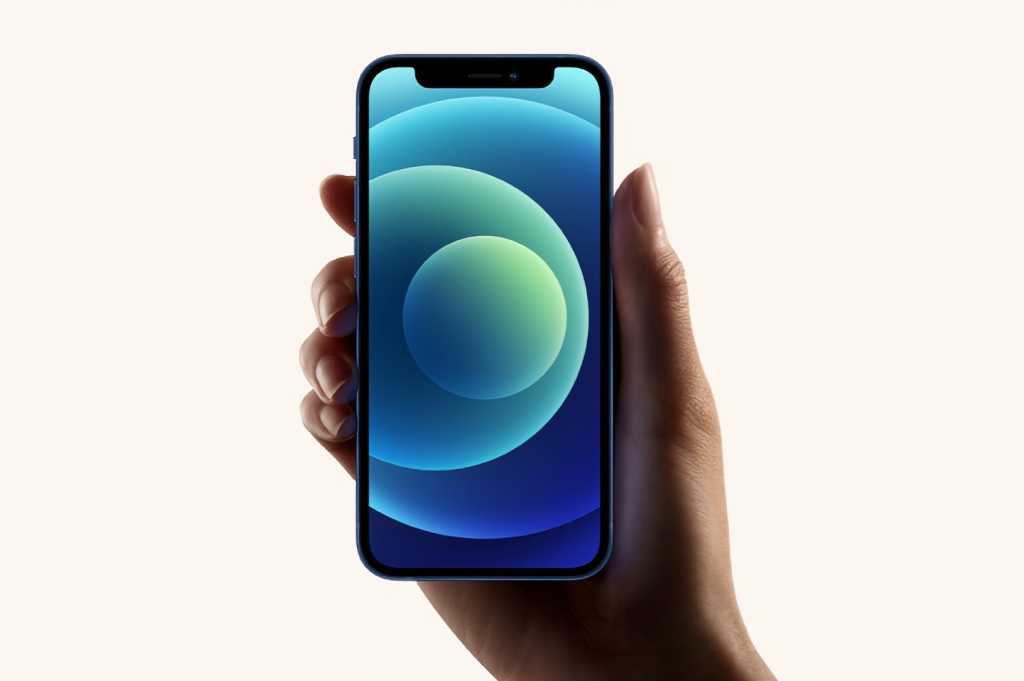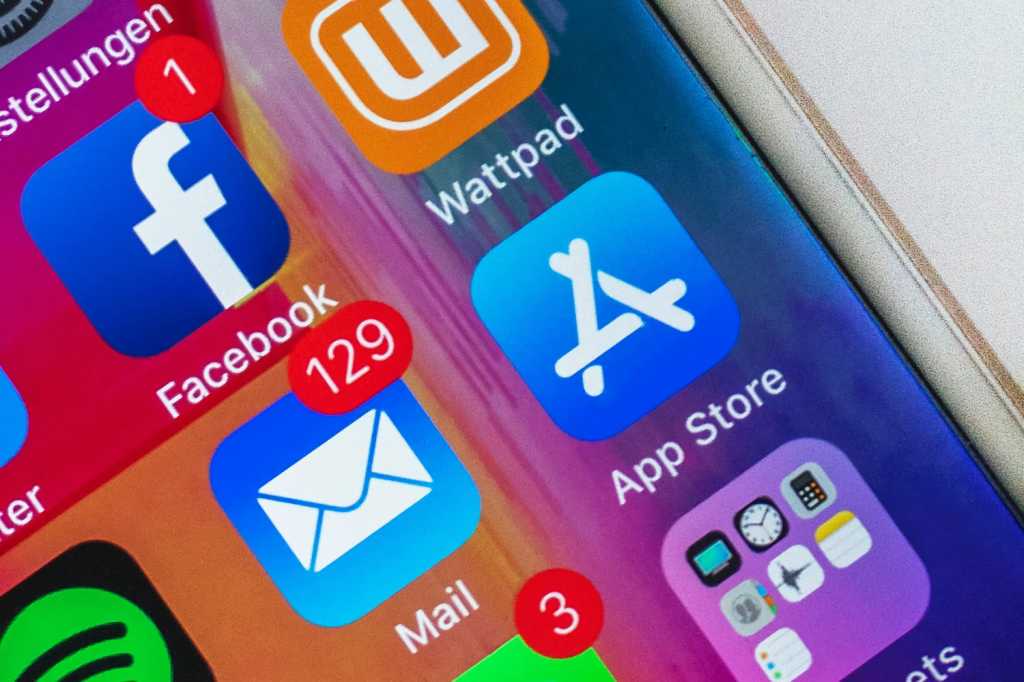Every three months, financial analysts and journalists tune in to hear Apple report its quarterly results with the hopes that maybe, just maybe, they can find some wheat among the chaff, some gold among the dross about what makes the company tick and, more importantly, where it—and thus the entire tech industry—are going.
Of course, Apple’s executives know this too, and have their famously cautious poker face in place, careful to avoid slipping too much helpful information into their responses. And so the game is played on and on, endlessly, and it was recently played last week when Apple announced its monster second-quarter results.
Still, if you’re attentive—and if you’ve watched the company for a while and seen how it conducts itself—you can often pick out some interesting tidbits to chew on. After all, a company as big as Apple doesn’t turn on a dime, and there are leading indicators—to use a bit of financial jargon—that can help us see where exactly the ship might be pointed next.
I’m so excited
There’s nothing that Apple watchers want to know more than what the next big product coming out of Cupertino might be. They scrutinize supply chains, try to draw information out of company contacts, and, of course, closely pore over every public statement by Apple.
When it comes to Apple’s financial calls, one key phrase that often signals what areas Apple might be interested in is “very excited.” If you were listening during last week’s financial call, you would hear that exact phrase uttered by Apple CFO Luca Maestri in relation to precisely one product category: Wearables.
We are very excited about the future of this category and believe that our integration of hardware, software, and services uniquely positions us to provide great customer experiences in this category.

Apple
Now, obviously, there are a lot of products that fit in the broad category that Apple accounts as “Wearables, Home and Accessories”, including the recently revamped Apple TV, the Apple Watch, and upcoming AirTags. But even the fact that “Wearables” is the top line of that category is indicative: the Apple Watch and AirPods are both wearables, and are easily the hottest products in that category. Maestri saying that Apple is well-positioned for the Wearables category not only touts its expertise in the wearables it’s already making, but also seems to be paving the way for the expectation that such a category is ripe for expansion.
The popular kids
Apple has stopped releasing even top-level unit sales for its products, which makes it even harder to draw particularly interesting conclusions about how those devices are selling. But while the company has never gone so far as to break down sales of particular models, it sometimes does offer some “color”—which is to say qualitative, not quantitative—data about how a certain product line is doing. Take, for example, Tim Cook’s comments on the iPhone when asked about sales by one analyst:
Of the iPhone 12 family, or more broadly all iPhones, the iPhone 12 is the most popular. But we did see very strong sales of the pro portion of the family as well, the Pro plus the Pro Max.
Well, that sounds great! The iPhone 12 sells well, as does the 12 Pro and Pro Max. Boy, that’s pretty much all the flavors of the iPhone 12…except for the iPhone 12 mini. Oh dear.

The iPhone 12 mini wasn’t mentioned during Apple’s recent financial call. Hmm…
Apple
Reports have already suggested that the mini is not a hot seller, and its omission from that list seem to support that. None of which is to say that you should immediately start digging a grave for your tiny smartphone. Larger phones have historically captured a bigger slice of the market, but the mini has been lauded by critics and customers for providing an option for those who prefer smaller phones. And given that those users may also be among the more price-conscious shoppers, thus opting to only update their phones on a more intermittent basis, it may point to an incomplete picture of potential sales.
All that said, it does suggest that the mini may be shuffling into dangerous territory, so it’s best to keep a gimlet eye on it.
Flexible flogger
Apple’s App Store, on iOS in particular, has been the subject of much regulatory and government scrutiny over the past year or two, including from both the United States Congress and the European Union. And while Apple has remained steadfast on the importance of its tight grip on the App Store, Cook gave an indication that there could be changes:
If we feel that more disclosure would help, we would obviously move in that direction. The App Store and other parts of Apple are not cast in concrete. And so we can move and are flexible with the times.
Cook specifically cited the Small Business Program that Apple launched late last year, in which developers making under a million dollars in revenue in a year are subject to only a 15 percent cut from Apple, rather than the standard 30 percent.

Sara Kurfeß/Unsplash
It’s clear that digital marketplaces are evolving as they become more mature and more popular; Google took a similar step earlier this year, reducing commissions on the first $1 million in revenue, and just this past week, Microsoft lowered the commission on PC games that it distributes through its store from 30 percent to 12 percent.
By signaling awareness of the contentious current state of affairs in digital marketplaces, Cook is opening the door to more changes to how the App Store operates. And given that it remains probably the company’s largest business vulnerability, that’s a smart stance to take.
Note: When you purchase something after clicking links in our articles, we may earn a small commission. Read our affiliate link policy for more details.
"filled" - Google News
May 03, 2021 at 06:00PM
https://ift.tt/3udyeTK
Money talks: Apple’s quarterly report is filled with clues about what’s coming next - Macworld
"filled" - Google News
https://ift.tt/2ynNS75
https://ift.tt/3feNbO7
Bagikan Berita Ini















0 Response to "Money talks: Apple’s quarterly report is filled with clues about what’s coming next - Macworld"
Post a Comment